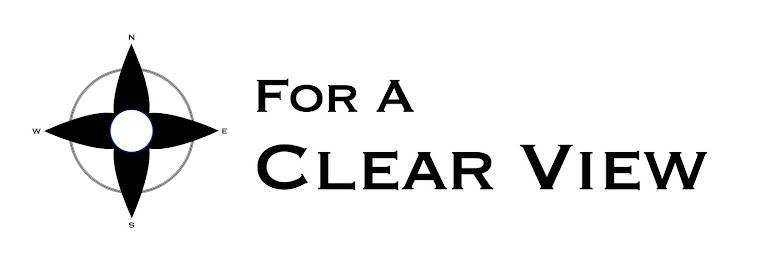April 2010 Issue 2
In a recent sermon series my pastor, Rev. Susan Leonard-Ray, spoke about the 'wild goose'.
She referenced ancient Gaelic custom that symbolized the movement of the Holy Spirit in the form of the wild goose. Anyone living in the South is familiar with the migration of wild Canadian geese. As Pastor Susan pointed out, the goose is not tame or domestic. However, it does have very traditional characteristics from which we may draw life lessons. Dr. Angela Cooper completed her LifePlan in 2008. She shared these thoughts about wild geese with me and by permission with you as well.
"When geese fly south for the winter or north for the summer it is not a race, a chance to improve their personal best flight time or a chance for each goose to test his/her self alone against nature's forces. These flights are all about the survival of the species. Success is defined by how many not by how fast. Flying in front is determined by 2 factors. Over the course of the flight many individual geese will take one or more turns flying in front. First, the goose in front needs to know the way, have traveled the route one or more times. Secondly, the goose in front needs to be the one that is strongest and in the best condition to bear more load, at the point in time when He/She assumes the lead role. A goose alone cannot fly the distance. To reach their destination the must fly in groups. Flying together the y share lift and reduce the wind resistance of ever individual goose. Being together also provides encouragement and morale support. While the lead goose benefits some from the geese behind, the lead goose is the leading edge that starts the wind separation process that benefits all of the geese behind. This position is several times more difficult and tiring than any other position in the flight. It appears that all of the more able geese that know the way and are not busy nursing specific groups of young or unhealthy geese along will lead at some point. Observations indicate that the strongest geese not otherwise occupied follow a simple front to back rotation. When a tired leader falls off the next one in line becomes the leader and the former falls to the back of the geese in rotation for the lead position. The time a goose spends in the lead position is determined exclusively by condition and circumstances. There are no ego centric geese out to prove their superiority. They form into a V naturally because they instinctively seek to minimize the drag and maximize the shared lift. Flying together is so critical that often when young or unhealthy geese fall back to rest one or more stronger geese will stay back to fly with them when it's time to proceed."
So what do wild geese and LifePlanning have to do with each other? In a LifePlan we discuss the significant positive value mentors have in our lives. I believe mentors are similar to the lead goose. They have gone before us and accumulated life experiences helping smooth our way. Clearly this can be God at work in our lives, in the form of another. Also, we must be attentive to when we should and can be the 'lead goose' for others.
Interested in discussing more about the high value of mentors? Let's talk…
Tommy
